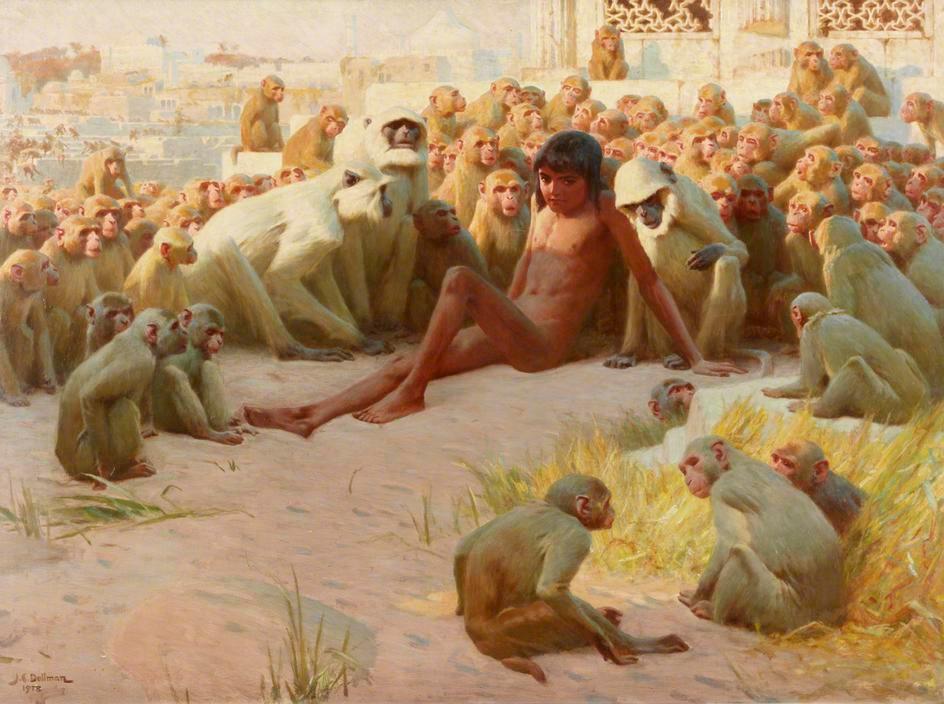There exist some loose bits of lyrical nonsense so absurd that they become absolute. That is to say, there can be a foolishness so extreme that it crosses over the equator into the gravity of philosophers, giving sages the task of meditating on owls and pussycats, or poring over the prattlings of Mother Goose instead of Aristotle.
And so, the silly and the serious need not be such strangers, for it is in the lightness of a somersault that the heaviest truths can sometimes find a comfortable tumbling down to earth, and that tripping triviality can somehow manage to plumb some of the depths of eternal profundity.





